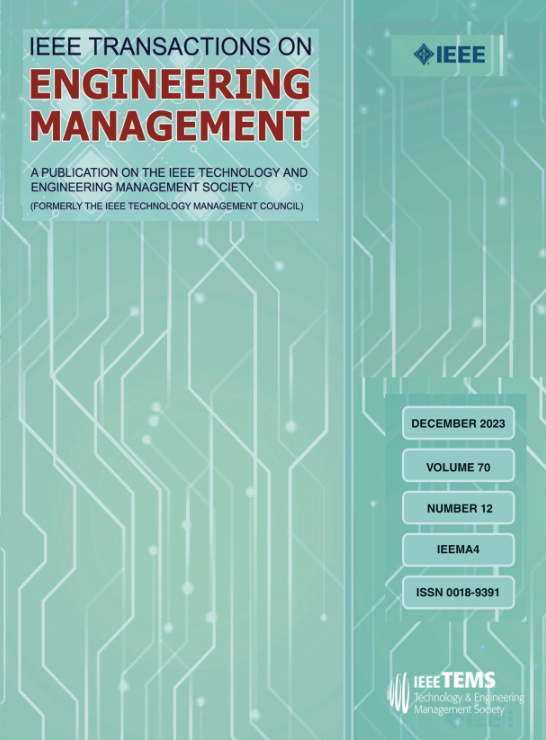How Do Network Embeddedness and Node Attributes Identify Key Inventors? A Dynamic fsQCA Analysis
IF 4.6
3区 管理学
Q1 BUSINESS
引用次数: 0
Abstract
Network embeddedness and node attributes are widely regarded as important dimensions for the formation of key inventors, but few studies have clarified the mechanism of identifying key inventors from a dynamic perspective. Based on a sample of nano-energy and dynamic fuzzy-set qualitative comparative analysis, results show that multiple causal configurations equally explain the conditions for identifying key inventors, in which novelty of knowledge combination is always the core condition in the four time periods, but tie strength is never present. In terms of interconditional relationship patterns, novelty of knowledge combination and knowledge depth remain relatively stable across all time periods, with knowledge depth and knowledge scope mutually reinforcing each other within the same period. The association between structural holes and conditions within node attributes has been progressively diminishing since the high efficiency R&D period. Theoretically, this study provides a dynamic research framework for identifying key inventors, but also challenges the paradoxical view of network embeddedness and the opposing view of knowledge recombination. Practical insights for managers and policymakers to identify and cultivate key inventors are provided by offering conditions and configurations evolution trajectory.求助全文
约1分钟内获得全文
求助全文
来源期刊

IEEE Transactions on Engineering Management
管理科学-工程:工业
CiteScore
10.30
自引率
19.00%
发文量
604
审稿时长
5.3 months
期刊介绍:
Management of technical functions such as research, development, and engineering in industry, government, university, and other settings. Emphasis is on studies carried on within an organization to help in decision making or policy formation for RD&E.
 求助内容:
求助内容: 应助结果提醒方式:
应助结果提醒方式:


